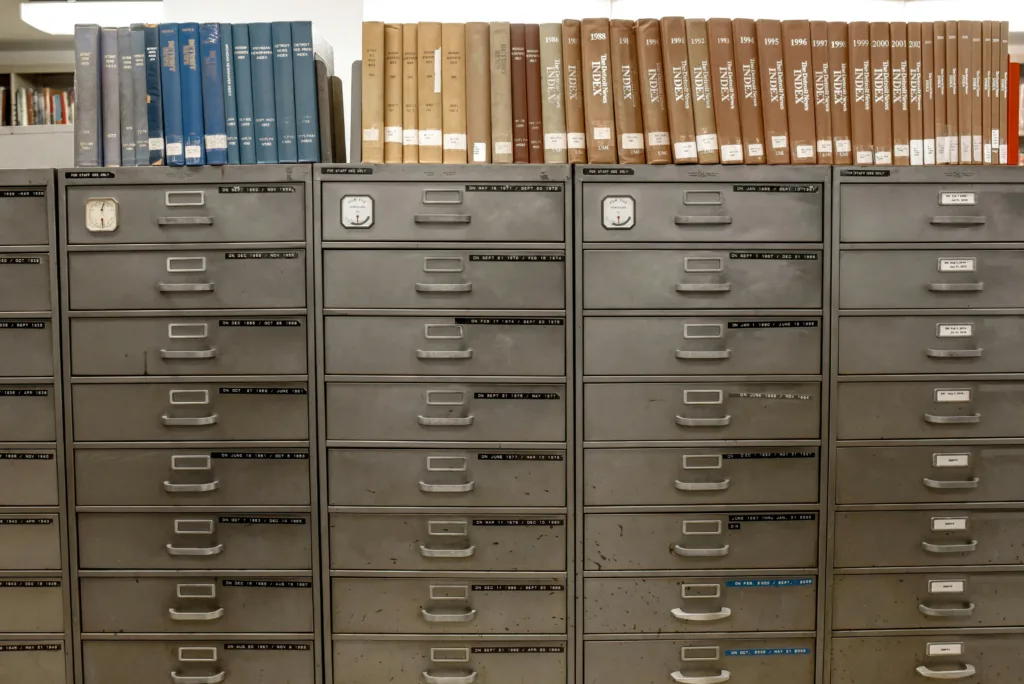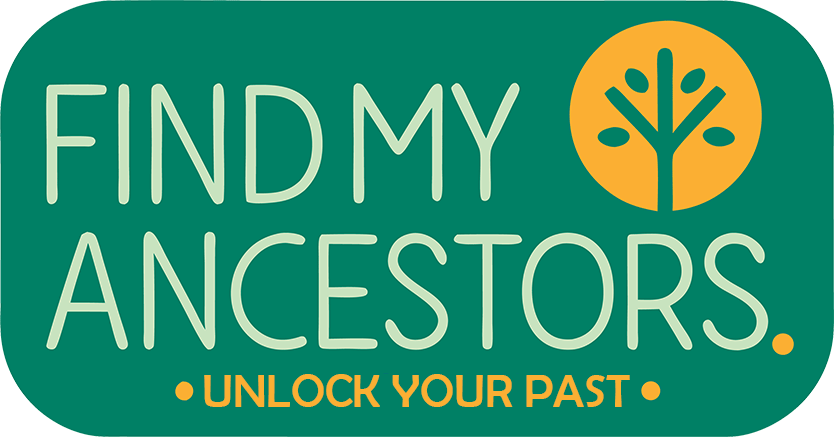If you are building your family tree on a budget, there are several key free UK genealogy websites: FreeREG, FreeBMD, and FreeCEN. These free resources provide access to millions of transcribed records for births, marriages, deaths, parish registers, and census entries across the UK.

This guide will show you how to use each site effectively so you can uncover key details about your ancestors without spending a penny. We will also highlight the weaknesses of the sites and why sometimes you’ll need to look somewhere else.
What are FreeREG, FreeBMD and FreeCEN?
These three websites are volunteer-run projects created to make UK family history records accessible to everyone.
- FreeREG: Transcriptions of parish registers for baptisms, marriages, and burials, covering the period before and after civil registration began in 1837.
- FreeBMD: Indexes of births, marriages, and deaths for England and Wales from 1837 to the early 1990s.
- FreeCEN: Transcriptions of UK census records (mainly 19th century), helping you find ancestors in their households.
They are free to search, do not require subscriptions, and are ideal for beginners who want to make progress without investing in paid sites.
Why use these websites?
FreeREG, FreeBMD, and FreeCEN are a brilliant starting point because they:
- Offer free access to essential records
- Help you build timelines for your ancestors using key life events
- Provide references you can use to order certificates or locate originals
- Are beginner-friendly, with simple search forms and clear results
Let’s go through each site and explore how to get the most from them.
How to use FreeBMD
FreeBMD is one of the most popular genealogy tools for beginners. It covers indexes of births, marriages, and deaths for England and Wales from 1837 onwards.
Steps to use FreeBMD:
- Choose your record type: Select birth, marriage, or death.
- Enter the name: Use full names where possible, but try variations if nothing appears.
- Set a date range: If you are unsure, start broad (e.g., 1837–1900) and narrow as needed.
- Refine by district: Registration districts help confirm you have the right record.
Use FreeBMD to find certificate references. For example, if you need a marriage certificate, FreeBMD will give you the year, quarter, district, and volume/page number, information you need to order a copy from the General Register Office.
Beginners TIP
How to use FreeREG
FreeREG provides transcriptions of parish registers. These records are especially valuable for tracing ancestors before civil registration began in 1837.
Steps to use FreeREG:
- Choose your county: Start with the area where your family lived.
- Enter names: Try broad searches first, then narrow by parish or date.
- Filter by event: Select baptisms, marriages, or burials.
- Review results: Entries often include parents’ names, occupations, and witnesses, useful clues for building your tree.
Check multiple parishes. Families often moved between neighbouring parishes, so if you do not find someone in one area, try nearby locations.
Beginners TIP
How to use FreeCEN
FreeCEN offers census transcriptions, which help you see your ancestors in their household context.
Steps to use FreeCEN:
- Pick a census year: Most transcriptions cover the 1841–1891 censuses.
- Enter a name: Start with a surname only if you are unsure about first names.
- Add a location: Limit by county or district for better results.
- Explore the household: Look at everyone living at the same address. This can reveal children, extended family, or even lodgers.
Use FreeCEN alongside paid sites or archives if you want to view original census images for more detail, such as exact addresses or marginal notes.
Beginners TIP
The challenges of using FreeREG, FreeBMD and FreeCEN
While these sites are incredibly useful, and I am extremely grateful to the volunteers who donate their time, they do come with some limitations that you should be aware.
- Incomplete coverage: Not every parish, district, or census has been transcribed, especially on FreeREG and FreeCEN.
- No original images: You only see transcriptions, which can miss details or contain errors.
- Basic search tools: The search functions are limited compared to paid sites, making it harder to find people with common names.
- Patchy updates: Because they rely on volunteers, updates can be slow, and coverage varies by region.
- England and Wales focus for BMDs: FreeBMD only covers England and Wales. For Scottish records, use ScotlandsPeople, and for Ireland, try IrishGenealogy.ie.
- No linked records: Unlike paid platforms, you cannot easily click between related records so you need to piece them together yourself.
Use these sites for free leads, then confirm what you find with original records on platforms like ScotlandsPeople, the GRO, or archives. Combine them with other free sites like FamilySearch to fill gaps.
Combining the three for better research
Each site works well on its own, but the real power comes from using them together.
- Start with FreeBMD to locate birth, marriage, or death indexes.
- Use FreeREG to find parish entries that predate or complement civil records.
- Check FreeCEN to see your ancestors in census households and track where they lived over time.
By cross-referencing records, you can build a fuller picture of your family’s story.
Tips for success
- Use name variations: Spellings often changed, especially in older records.
- Start broad: If you cannot find someone, widen your search area or time frame.
- Take notes: Keep track of your searches in a research log so you don’t repeat steps. See: A research log can help make sense of your genealogy
- Be patient: These are volunteer projects, so coverage varies by county. If you do not find something, it may not be transcribed yet.
FreeREG, FreeBMD, and FreeCEN can help you uncover ancestors, build timelines, and make sense of the records that bring your family tree to life. Whether you are just getting started or filling in gaps in your research, these sites are a friendly and affordable way to make progress.
